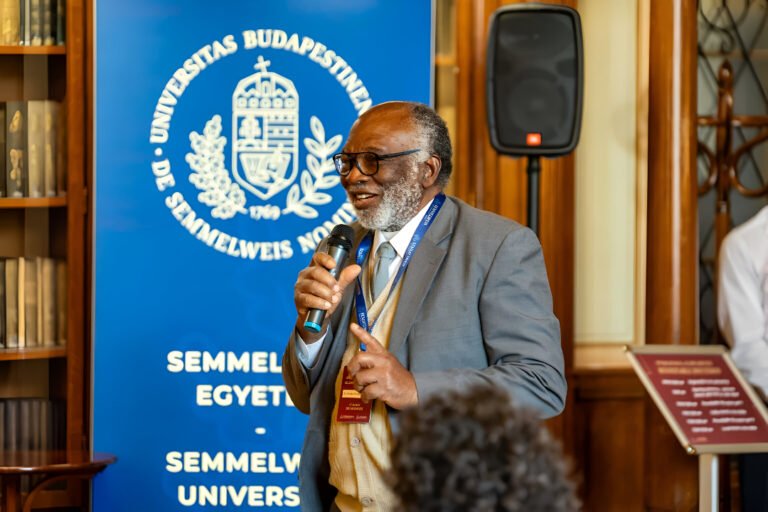
Published: August 7, 2025
A research team from the University of Innsbruck and the Centre for Genomic Regulation (CRG) in Barcelona has discovered a rapid energy-based survival mechanism used by cancer cells under physical stress. The findings, published in Nature Communications, show that when compressed, cancer cells trigger a mitochondrial response that delivers energy directly to the cell nucleus, helping the cells repair DNA damage and continue dividing.
Using a custom-built microscope capable of squeezing cells down to just three microns, scientists observed that mitochondria rush to the nuclear periphery in HeLa cancer cells when under pressure. This formation, called nucleus-associated mitochondria (NAMs), creates a halo around the nucleus, dramatically increasing ATP (cellular energy) delivery in seconds. The ATP surge allows the cells to rapidly repair DNA damaged by the mechanical stress of confinement.
“This is the first evidence that mitochondria behave as emergency responders under physical pressure, challenging the notion of them being passive power sources,” says co-corresponding author Dr. Sara Sdelci.
Further tests revealed that disrupting the protein scaffolding holding the NAMs in place also stopped the energy boost, impairing the cells’ ability to recover. Notably, NAMs were more prevalent at invasive fronts of breast tumors, suggesting clinical relevance in cancer metastasis.
The study also suggests that this rapid energy response may exist beyond cancer—playing roles in immune cell movement, neuron growth, and embryonic development. Targeting NAM formation could open new therapeutic paths that weaken cancer cells under physical stress without harming healthy tissue.
Source: University of Innsbruck






